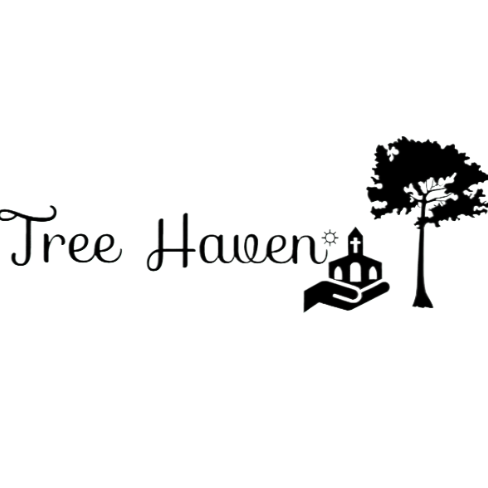Medicinal trees and shrubs have been used for centuries in traditional medicine systems around the world. From the bark of the willow tree, which gave us aspirin, to the leaves of the neem tree, known for their antibacterial properties, these plants offer a treasure trove of healing potential. With the growing interest in natural remedies and sustainable living, research into medicinal trees and shrubs has gained momentum. This guide will help you navigate the world of medicinal plant research, providing tips on where to find reliable information and how to apply it in your own life.
Why Study Medicinal Trees and Shrubs?
Medicinal trees and shrubs are not only valuable for their healing properties but also for their ecological and cultural significance. Studying these plants can:
- Promote Health and Wellness: Discover natural remedies for common ailments and chronic conditions.
- Support Biodiversity: Learn how to cultivate and conserve these plants to protect ecosystems.
- Preserve Traditional Knowledge: Document and share the wisdom of indigenous and traditional healing practices.
- Encourage Sustainable Living: Integrate medicinal plants into your garden or community to promote self-sufficiency and reduce reliance on synthetic medicines.
Where to Find Research on Medicinal Trees and Shrubs
Finding reliable research on medicinal trees and shrubs requires exploring a variety of sources. Here are some of the best places to start:
1. Academic Journals and Databases
Academic journals are a goldmine of peer-reviewed research on medicinal plants. Some popular databases include:
- PubMed: A free resource for biomedical literature, including studies on plant-based medicines.
- Google Scholar: A search engine for scholarly articles, theses, and books.
- JSTOR: A digital library offering access to thousands of academic journals and books.
2. Books and Field Guides
Books and field guides provide in-depth information on medicinal plants, including their identification, uses, and cultivation. Some recommended titles include:
- The Encyclopedia of Medicinal Plants by Andrew Chevallier.
- Medicinal Plants of the World by Ben-Erik van Wyk and Michael Wink.
- Native American Medicinal Plants by Daniel E. Moerman.
3. Online Resources and Websites
Several websites offer reliable information on medicinal trees and shrubs, including:
- Plants for a Future (PFAF): A database of edible and medicinal plants.
- The Herb Society of America: Provides resources on herbal medicine and plant conservation.
- World Health Organization (WHO): Offers reports on traditional medicine and medicinal plants.
4. Universities and Research Institutions
Many universities and research institutions conduct studies on medicinal plants. Check their websites for publications, research projects, and educational programs.
5. Local and Indigenous Knowledge
Indigenous communities and traditional healers have a wealth of knowledge about medicinal plants. Engaging with these communities (with respect and permission) can provide valuable insights.
Key Areas of Research
When exploring research on medicinal trees and shrubs, consider focusing on the following areas:
1. Identification and Classification
Learn how to identify medicinal trees and shrubs, including their scientific names, physical characteristics, and habitats.
2. Chemical Composition
Study the active compounds in these plants, such as alkaloids, flavonoids, and terpenes, and their therapeutic effects.
3. Traditional Uses
Explore how different cultures have used these plants for healing, including preparation methods and dosage.
4. Modern Applications
Investigate how modern science is validating traditional uses and discovering new applications for medicinal plants.
5. Cultivation and Conservation
Understand how to grow and conserve medicinal trees and shrubs, ensuring their availability for future generations.

How to Apply Research in Your Life
Once you’ve gathered information on medicinal trees and shrubs, you can apply it in various ways:
1. Create a Medicinal Garden
Grow your own medicinal plants at home or in your community. Choose species that are well-suited to your climate and soil conditions.
2. Make Herbal Remedies
Learn how to prepare teas, tinctures, salves, and other remedies using medicinal plants.
3. Support Conservation Efforts
Get involved in initiatives to protect and restore habitats for medicinal trees and shrubs.
4. Share Knowledge
Educate others about the benefits of medicinal plants and the importance of preserving traditional knowledge.
Conclusion: Embracing the Healing Power of Nature
Medicinal trees and shrubs are a testament to the incredible healing power of nature. By researching these plants, we can unlock their potential to improve our health, support biodiversity, and promote sustainable living.
Whether you’re a gardener, a health enthusiast, or simply curious about the natural world, exploring the world of medicinal trees and shrubs is a rewarding journey. So, dive into the research, connect with nature, and discover the countless ways these plants can enrich your life.

